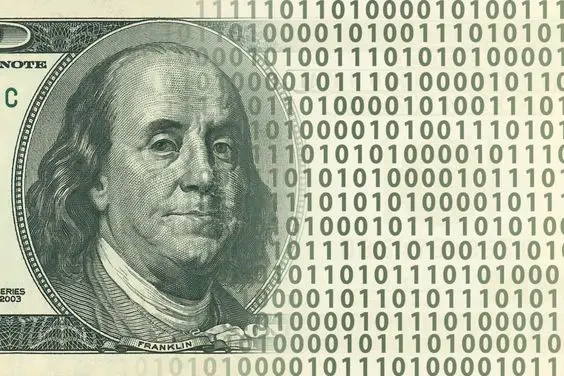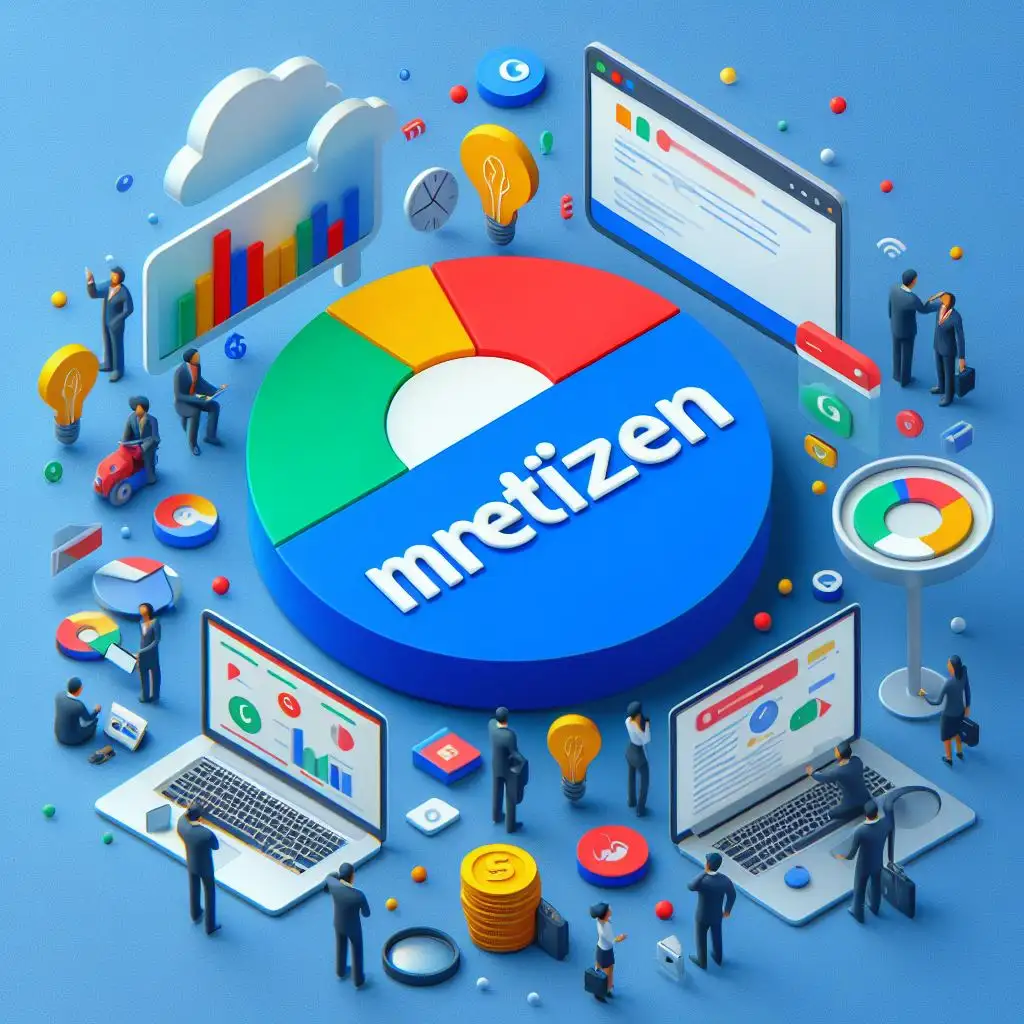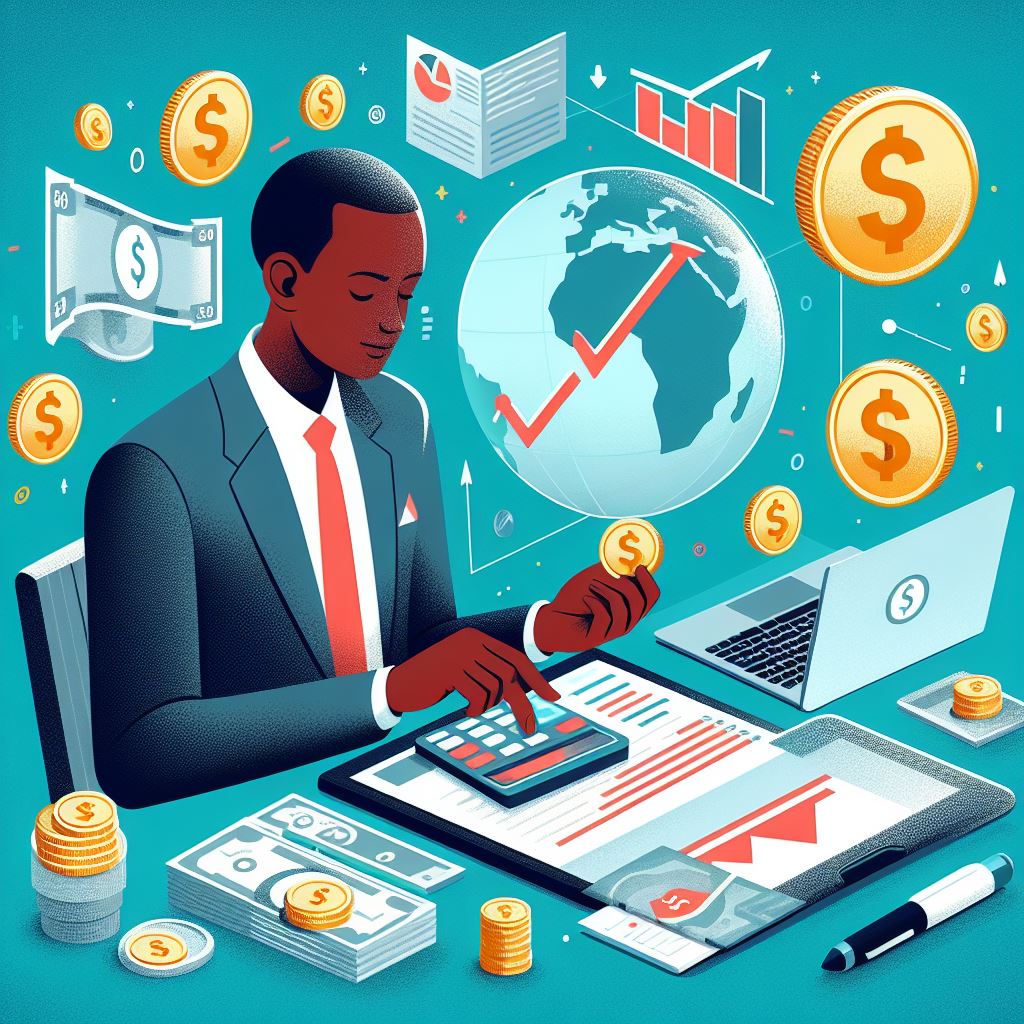Explore the intricacies of microeconomic demand theory, uncovering key components like utility, factors influencing demand, the law of demand, and elasticity. This comprehensive guide delves into consumer behavior and market dynamics, offering essential insights for businesses, policymakers, and economists to master economic decision-making and optimize market strategies.
Utility and Satisfaction
Definition and Basic Concept
Utility can be defined as the want-satisfying power that consumers get from consuming various goods and services. This is something that forms part of demand theory, which is the rationale for consumers making the particular decisions to buy certain items. Utility is not the same for everyone, everyone has his/her preferences, needs and maybe situations. That is, the utility that a feeder gets from a piece of pizza may differ significantly from what the consumer gets. Such distinction in the application of the utility theory helps in basically explaining the differences in the consumer behavior and choices in the various markets and geographical areas.
Types of Utility
Thus, depending on the type of product, consumers may experience different types of utility.
Total utility- is total amount of satisfaction received by consuming of given amount of goods or services.
Marginal utility- for its part is the increment in total utility which is obtained by having one more unit of the good or service.
Generally, one can speak about the law of diminishing marginal utility, according to which, the increment of total utility increases by adding each next part of a good. For instance, the first piece of pizza will give transport a lot of satisfaction although the fifth piece will yield much less satisfaction.
Total utility- is total amount of satisfaction received by consuming of given amount of goods or services.
Marginal utility- for its part is the increment in total utility which is obtained by having one more unit of the good or service.
Generally, one can speak about the law of diminishing marginal utility, according to which, the increment of total utility increases by adding each next part of a good. For instance, the first piece of pizza will give transport a lot of satisfaction although the fifth piece will yield much less satisfaction.
Utility and Consumer Decision-Making
A very important factor that always influences the final decision of a consumer is the utility of the product. Consumers try to get the maximum total utility from their expenditure to attain the maximum level of satisfaction. In this context, decisions relate to what is to be bought, how much is to be bought and at what cost. For example if the consumer has a constraint of low income, they will have to spend their money on acquiring products and services that give maximum utility. This knowledge of utility assists firms and authorities in anticipating the consumers’ behavior and coming up with styles that meet consumer demand, hence facilitating efficiency in the market and gratification.
Factors Influencing Demand
Utility
When consumers are encouraged to buy a certain product, perceived usefulness or perceived sweet benefit often enhances that demand. The usefulness of the products depends on the preference, necessity and circumstances that the consumers place into consideration. For example, during a hot summer, people prefer to use air conditioners hence the demand for the product goes up. On the other hand, the usage of the same product may be low in, for instance, the winter season, thus affecting demand. Marketing communication may relate to intensifying the perceived utility of the firms products and creating demand among them.
Ability to Pay
There is also the factor of the ability to pay; this refers to the capacity of the consumers to purchase the intended products. It is only when a consumer has the desire of a particular product and he has the required income to spend in the purchase of that product, then demand is realized. Another key determinant of AP is the consumer’s ability to pay, which is an acknowledgment of the influence of other factors like the level of income, level of employment and availability of credit. For instance, during a recession, even cash crops and any other product desired by the consumer will not be bought often because the purchasing power is low.
Other Influencing Factors
Apart from thus conspicuous and efficiency and again income, there could be other factors which affect demand.
Price of related goods – The consumption level of a commodity depends on the prices of similar goods that are often used simultaneously as complements and/or the goods that can replace them.
Consumer preferences- mainly demographics, Economic Status and trends, Culture and religion can nudge consumer preferences and thus affect demand.
Anticipations of future prices- If consumers forecast that prices in the future will rise, they might buy more at the current prices. On the other hand, when they expect the price to drop, they might refrain from procuring goods immediately.
Demographic characteristics- Buyers’ age, gender, income level, and population growth also affect demand patterns.
The law of demand and the demand curve
The Law of Demand
The law of demand is another postulate of microeconomic theory which defines, other things being constant, as the price of a product rises, the quantity demanded falls and vice versa. This is where the law of demand comes in – because when the price of a good increases, the quantity demanded will also decrease because the new price is not worth the benefit that consumers get. On the other hand, when the price drops, this actually makes the good or service more appealing to the client and hence they purchase more of them. This principle can explain why the aspects of sales and discounts are efficient in increasing the sales volume.
The Demand Curve
The demand curve is graphical representation of the effect of the price of a good on the quantity demanded in the market. It usually declines from left to right to signify the fact that as the price of the good decreases, the demand tends to increase. Every point on the demand curve therefore represents the quantity of a good that consumers are able and willing to buy at the particular price level. On the other hand, the movements parallel to the demand curve are brought about by a change in the price of the particular good, while shifts in the demand curve result from changes in other factors including consumers’ income, preferences or price of related goods.
Supply Demand Equilibrium and the Fluctuations in Prices
Where supply equals demand, the market reaches what is known as equilibrium price, that is the amount or price for which as many units as possible of a certain commodity are desired by buyers and as many units as possible of the same product can be produced by sellers. But when something is organic like the supply not meeting the demand in the market, or vice-versa, the price changes to re-balance the market. For instance, excess production entails the lowering of prices in an effort to encourage the use of the good while scarcity results to increased prices given the available quantity puts into competition by each individual. This process of dynamic adjustment makes it possible for the resources of the market to be accurately touched of run like a relay so that the producers may adjust to the desire of the consumers.
Main Ideas in Demand Theory
Elasticity
The coefficient of elasticity of demand looks at the magnitude of change in quantity demanded resulting from changes in price. **Price elasticity of demand** is an important figure, measuring by how much the demand of particular good changes with the change in its price. If demand is elastic, then price elasticity of demand is greater than one or a small change in price causes a large change in quantity demand. On the other hand, inelastic demand implies that the quantity demanded is not very sensitive to the price of the commodity. Knowledge of elasticity assists business entities and policy makers in the determination of the response to certain price changes and taxes, and alterations in the market.
Consumer Behavior
Consumer behavior is a field of research focusing on the process through which consumers arrive at decisions regarding the acquisition of goods and services. Elements including advertising appeals, social influence, cultural factor and psychological effect are key determinants of consumers’ decision on what to purchase. Behavioural economics as a branch of microeconomics studies the psychological imperfections that affect the consumers’ actions and decisions, which contrasts with the standard presumption of rational decision making. For example, consumers many times act in accordance with some factors like brand image, perceived quality, or reference group pressure and therefore behave irrationally as we mean it here.
Income and Substitution Effects
This effect known as the income effect explains that when a consumer’s income changes, this then alters the consumer’s buying capacity and therefore demand. The significance of demand for normal goods increases when the income increases, and vice versa is true for inferior goods.
It is known that potential loss in demand following price change necessitates a more profound understanding of the nature of substitution effect which occurs when switching from one good to another when one’s price has increased. For instance, huge demand in beef can be supplanted by a decline in the same proportion by chicken due to higher prices. Both impact are equally important in explaining the way prices affect the buyers’ decisions and market demand.
Conclusion
> As a theory, demand theory is crucial to any business, policymaker, or economist since it outlines consumer behavior and market characteristics. To entrepreneurs, it enlightens them on the right price models that ought to be set in the market, the sales projections in the market and how to create commercial promotions that shall appeal to the consumer. Since people’s reactions can be guessed in regards to price changes and new products, businesses can determine valuable measures that can be taking to increase the overall revenues and market shares.
> To the policymakers, demand theory helps in decisions concerning the taxes, subsidies, and the regulations on the goods. This way, through analyzing how various economic factors influence demand, policy makers are able to set up measures which will correct any instabilities in the markets, foster economic development, and treat such problems as inflation or unemployment. For instance, in a period of down turn, a country can increase the government expenditure or reduce taxes as a way of encouraging demand. On the other hand, for controlling inflation the measures to bring demand down might be adopted.
> More specifically, demand theory helps people explain the work of economies at a broader level. This is how decisions made by consumers combine to create what is seen as market patterns and business cycles. Thus, applying demand pattern identification in analysis, economists can anticipate changes in the economy, reveal emerging trends on the market and indicate key modifications that have to be made in order to guarantee stable development. When we know demand as a concept that significantly influences the shift of the economi scene, this knowledge helps people and organizations step up their efficient decision making at all the levels, from local enterprises to an entire country.











.jpg?locale=swa)















